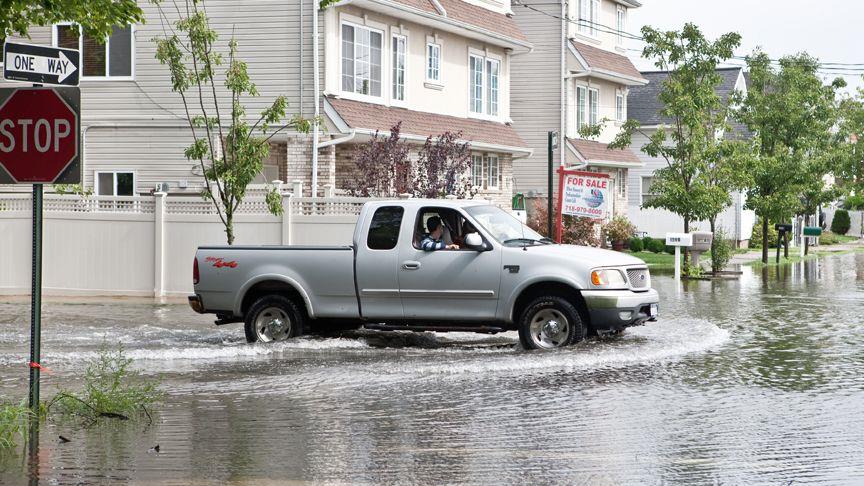 |
| File Photo |
Over the past week, New York, New Jersey, Pennsylvania, and New England states witnessed an astonishing amount of rainfall that broke previous records. Up to 10 inches of rain–an entire summer’s worth–poured down on the region within a span of five days. A rain gauge in Somers, NY recorded a new 24-hour precipitation record of 5.96 inches on July 7, including a one-hour record of 2.17 inches. In northern New York, the Chazy site set new records for 5-minute precipitation at .62 inches and 15 minutes at 1.16 inches. Vermont suffered the second most rainfall ever at almost 10 inches.
The floods have claimed the life of a New York woman who was swept away by a flash flood with rescue efforts still ongoing in several areas. Local authorities, emergency services, and volunteers are looking for survivors and providing relief to those affected. The number of casualties is expected to rise as the full extent of the disaster becomes clear. Governors are declaring states of emergency.
Residential areas, infrastructure, and transportation networks have suffered immense damage. Roads were washed away, bridges collapsed, and power outages have left thousands of households without electricity. Countless homes have been inundated, leaving families homeless and their possessions destroyed. Evacuation orders were issued for several low-lying areas, leading to mass displacements as citizens sought safety in temporary shelters and higher ground. Numerous dams are being monitored to see if they can hold. The storms have affected more than 13 million people.
The economic impact is expected to be massive, as businesses, farms, and industries struggle to recover from the damages. The agricultural sector has been hit particularly hard, with vast swaths of farmland submerged, ruining crops and livestock. The transportation of essential goods and services has also been severely hampered, further exacerbating the crisis.
In response to the disaster, local, state, and federal authorities have mobilized emergency response teams, including the National Guard. Evacuation efforts, search and rescue operations, and the distribution of essential supplies such as food, water, and medical provisions are underway. Additionally, relief funds have been allocated to support recovery and reconstruction efforts in the long term.
Meteorologists warn that the rainfall is expected to continue in the coming days, raising concerns of further flooding and compounding the existing challenges faced by the region. Residents are urged to remain vigilant, follow evacuation orders, and prioritize their safety.
